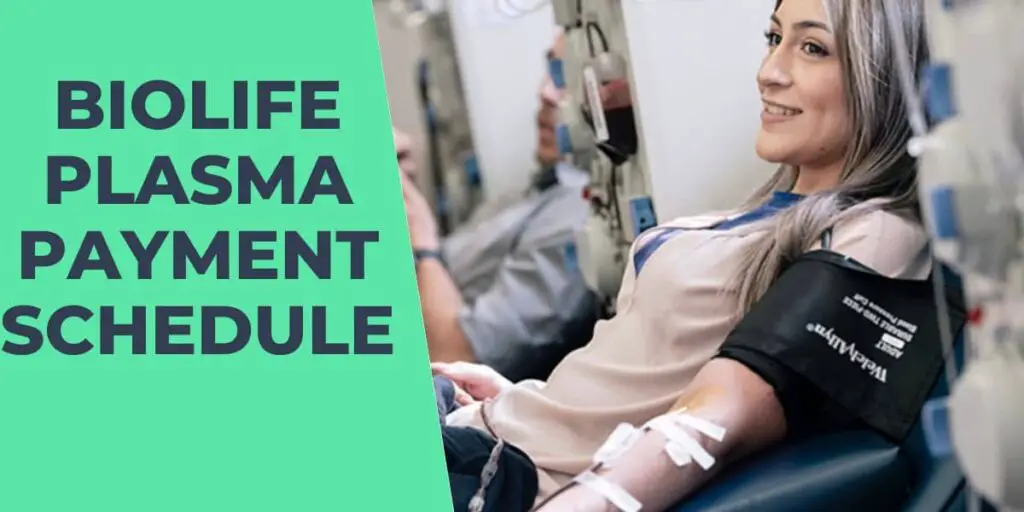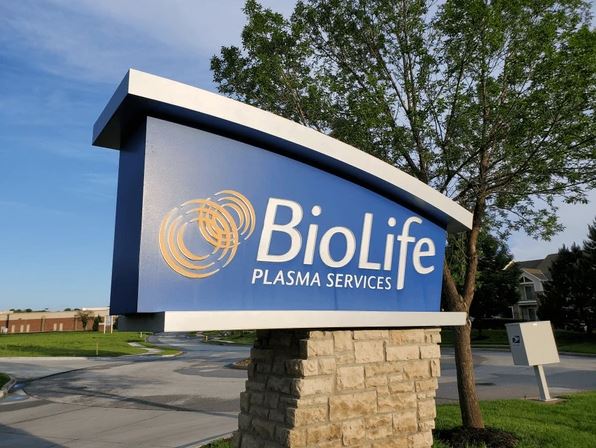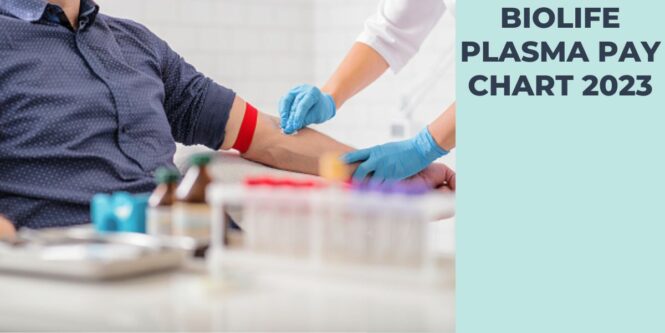Biolife How Many Days Between Donations

Plasma donors face potential risks as BioLife Plasma Services enforces minimum waiting periods between donations. The company's policy mandates specific intervals between donations to ensure donor safety and plasma quality.
This article details the precise BioLife donation frequency rules, addresses concerns about donor health, and clarifies the implications of these regulations for both donors and the plasma supply chain. Understanding these restrictions is crucial for those who donate or rely on plasma products.
BioLife Donation Frequency: The Core Rules
BioLife allows individuals to donate plasma no more than twice within a seven-day period. There must be at least one calendar day between donations. This mandatory rest period is crucial for donor health.
This policy applies universally across all BioLife donation centers. Compliance is strictly enforced to maintain donor well-being and product quality. It prevents overexertion and allows the body to replenish essential components.
What This Means for Donors
Knowing the waiting period between donations allows donors to plan accordingly. Donors should track their donation dates carefully to avoid being turned away. Always remember the date of the last donation!
Adhering to the waiting period helps to prevent potential health issues. This includes fatigue, dehydration, and depletion of vital nutrients. It also assures consistent plasma quality for recipients.
Consequences of Non-Compliance
Attempting to donate before the required waiting period can result in rejection at the donation center. BioLife tracks donation history meticulously to ensure policy adherence. Furthermore, persistent violations can lead to temporary or permanent donation bans.
These measures are in place to protect donors and maintain the integrity of the plasma donation program. The system prioritizes donor safety at every turn.
Why These Rules Matter
The waiting period between donations is essential for donor health and the quality of the collected plasma. Frequent donations without sufficient recovery time can deplete the body’s resources. This can lead to adverse health effects for the donor.
Moreover, maintaining plasma quality is vital for the production of life-saving therapies. Poor quality plasma can compromise the effectiveness and safety of these treatments. Compromised treatments can have devastating consequences.
Seeking Further Information
For further clarification on BioLife's donation policies, donors can contact BioLife directly. BioLife's customer service or the local donation center will provide guidance. Speak to the experts if you have concerns!
Review the information available on the BioLife website. Read their FAQs or contact the support team. Informed donors make safer donors!
For information about plasma donation in general, consult medical professionals or organizations like the Plasma Protein Therapeutics Association (PPTA). Educating yourself is the responsible action.


















